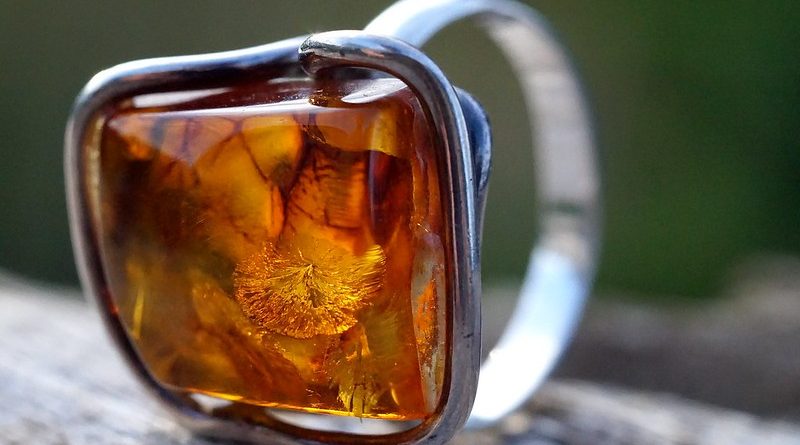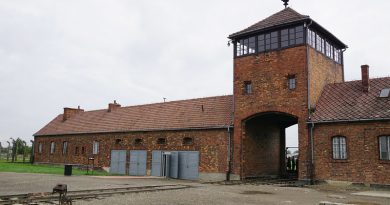Amber – Poland’s Finest Export
Authentic amber is hardened tree resin and pieces of these precious gemstones have been found that are millions of years old. There are over 250 colour variations of amber from dark browns to pale greens and yellows. Honey-coloured amber is the most famous variety, but no two pieces of authentic amber are ever the same. The oldest amber known to date is about 320 million years old. Some amber pieces contain specimens such as fossils and insects and are hence highly sought after on the gemstone and jewellery market. Amber mines can be found all over Poland and the border between Russia and Poland and on weekends, many Poles head out to the beach to fish for amber pieces floating on top of the water or search for bits that have ben washed up to the shore.
People have long been fascinated with the look, colours and geological significance of this gemstone and the mysterious, earthly aura that it radiates. The prehistoric trade routes between Northern and Southern Europe were very much defined by the amber trade. Amber has been collected, traded and carved for more than 11,000 years, making it one of the first commercially traded goods, and yet it is still not known what makes it preserve its entrapped fossils so exquisitely. A perfect object of affection for DNA specialists! Amber was traded on ancient trade routes running between the North Sea, the Baltic Sea and the Mediterranean, overland and on water; in its raw status it has been dubbed “the gold of the north”. Excavations in the Middle East and Egypt have brought enormous amounts of Baltic amber to the surface; the quantity of amber in the Royal Tomb of Qatna in Syria is unparalleled for any 2nd millennium BC sites in the Near East.
The two best-known areas for amber are Kaliningrad, today Russia, and Gdansk, contemporary Poland and former Danzig under the Germans. Two of the Polish amber masters, Ernst Schacht and Gottfried Turau, were the master crafters behind the legendary amber chamber, which was created from 1701 onwards in order to be installed at the Charlottenburg Palace, home of Friedrich I, the first King of Prussia. The “Bernsteinzimmer” (amber chamber) was a complete chamber made of amber, gold leaf and mirrors. It was sometimes referred to as the “Eight Wonder of the World” due to its stunning beauty. It was finally completed in Russia, in Saint Petersburg, given by the Prussian King to the Tzar Peter the Great of Saint Petersburg. It contained over six tons of amber in the end. The Nazis looted it in the years of chaos during WWII and brought it to Königsberg / Kaliningrad, where it disappeared in 1945. Most likely, it was destroyed in the last weeks of the war, although popular conspiracy theories have it that it was dismantled and hidden in eastern Germany after the war. In 2003, after years of work, a reconstruction was opened at the Catherine Palace in Saint Petersburg.
Today, amber shops & factories are found all around Gdansk, where one can dive into the history and mystery of this exquisite gemstone and pick from a selection of fine jewellery showcasing the best of Polish craftsmanship.
More information
Read: Catherine Palace: The Ongoing Mystery of the Amber Room
Read: The Magical Powers of Amber from Riga
Website: Amber by Palanga – About Amber
Website: Wikipedia – The Amber Road
Website: Wikipedia – The Amber Room
Main image: Amber Flower, Thomas Quine, Flickr Creative Commons




